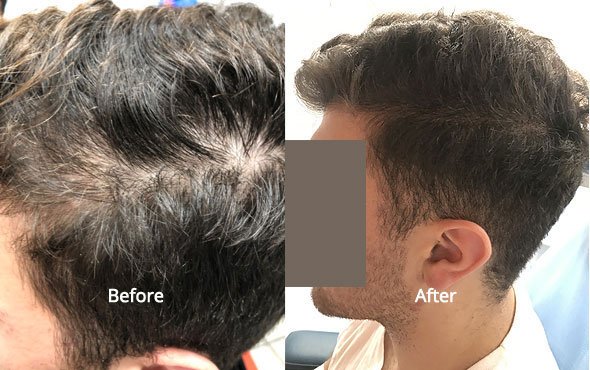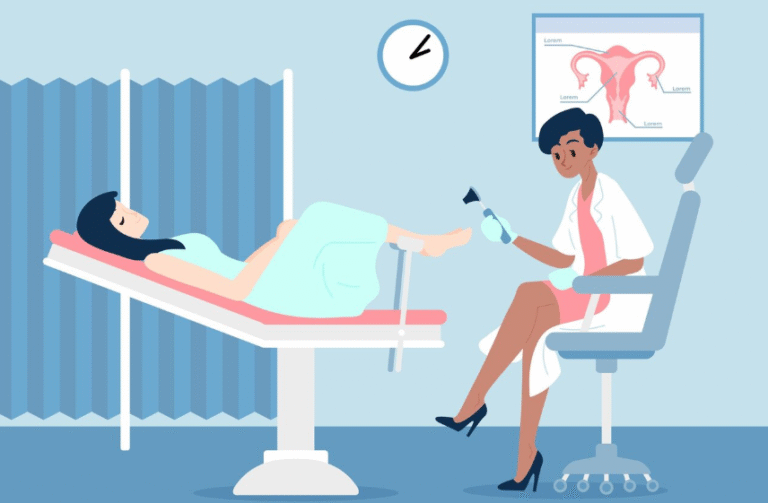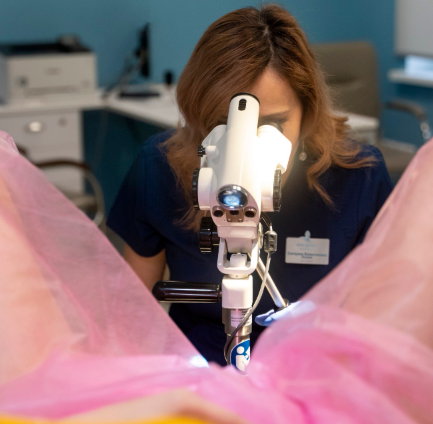Hair loss affects millions of men worldwide, and one of the most effective and widely prescribed treatments for androgenetic alopecia (male pattern baldness) is Finasteride. Approved by the FDA in 1997 for hair loss, Finasteride works by targeting the hormone responsible for follicle miniaturization.
This guide will help you understand how Finasteride works, its benefits, side effects, long-term considerations, and whether it’s the right option for you.
🔬 What Is Finasteride?
- Brand names: Propecia (for hair loss), Proscar (for prostate)
- Form: Oral tablet (1 mg for hair loss; 5 mg for enlarged prostate)
- FDA-approved: Yes — specifically for male pattern baldness on the vertex and mid-scalp
- Mechanism of Action: Finasteride is a 5-alpha-reductase inhibitor. It reduces the conversion of testosterone into dihydrotestosterone (DHT) — the hormone that shrinks hair follicles in men genetically predisposed to androgenetic alopecia.
✅ Benefits of Finasteride for Hair Loss
1. Reduces Hair Shedding
By lowering DHT levels, Finasteride significantly slows the miniaturization of hair follicles and reduces daily hair loss.
2. Promotes Regrowth in Some Men
Finasteride can not only maintain existing hair but also regrow hair, especially on the crown and mid-scalp.
3. Clinically Proven Results
- In a 5-year study, 90% of men who took 1 mg of Finasteride daily stopped losing hair.
- About 65% showed increased hair growth.
4. Convenient, Non-Invasive Treatment
Just 1 pill a day can deliver significant results without the need for surgery, lasers, or injections.
5. Well-Tolerated Long-Term
Many men use Finasteride for years with good tolerance and stable results.
📉 How Fast Does Finasteride Work?
| Timeline | What to Expect |
|---|---|
| 1–3 Months | Reduced hair shedding; no regrowth yet |
| 3–6 Months | Early signs of stabilization and regrowth |
| 6–12 Months | Visible improvements in density and thickness |
| 12+ Months | Full effects; maintained with continued use |
⚠️ Stopping Finasteride will likely result in a reversal of gains within 3–6 months, returning to baseline hair loss levels.
⚠️ Risks and Side Effects
While Finasteride is generally safe, it can have side effects — most are rare and reversible, but some men have concerns about longer-term risks.
Common Side Effects (1–3% of users):
- Reduced libido
- Erectile dysfunction
- Ejaculation disorders
- Decreased semen volume
Most side effects resolve within weeks to months — even while continuing the medication.
Rare Side Effects:
- Depression or mood changes (still being studied)
- Breast tenderness or enlargement (gynecomastia)
- Testicular pain
Controversial: Post-Finasteride Syndrome (PFS)
- A small number of men report persistent sexual, neurological, and physical side effects after stopping the drug.
- Not formally recognized by the FDA but under investigation.
- Estimated to affect less than 1% of users, but symptoms can be severe.
Important Precautions:
- Not for use in women or children.
- Pregnant women must avoid crushed tablets — risk of birth defects in male fetuses.
- May slightly lower PSA levels, affecting prostate cancer screening. Be sure to inform your doctor.
🧬 Long-Term Use: What the Research Says
- Studies show no increased risk of major health issues (e.g., heart disease, cancer) with long-term Finasteride use at 1 mg/day.
- Hair maintenance is often sustained for 5–10+ years with consistent use.
- If stopped, hair loss resumes and previously regrown hair may be lost.
Finasteride and Prostate Cancer:
- Lowers PSA (prostate-specific antigen), which may complicate cancer screening.
- Does not increase risk of prostate cancer, but may increase detection of higher-grade tumors due to PSA suppression.
🧠 Finasteride vs. Other Hair Loss Treatments
| Treatment | Best For | Daily Use? | FDA-Approved | Risk of Sexual Side Effects |
|---|---|---|---|---|
| Finasteride | Genetic hair loss, crown/mid-scalp | ✅ Yes | ✅ Yes | ⚠️ Low (1–3%) |
| Minoxidil | Early thinning, crown | ✅ Yes | ✅ Yes | ❌ None |
| PRP Therapy | Early-stage, regenerative approach | ❌ No | ❌ No | ❌ None |
| Hair Transplant | Advanced balding | ❌ No | ❌ No | ❌ None |
👨⚕️ Who Should Consider Finasteride?
You may be a good candidate if you:
- Are experiencing early to moderate male pattern hair loss
- Have a family history of balding
- Want a clinically proven treatment
- Are comfortable with long-term commitment and doctor monitoring
- Do not have pre-existing sexual health concerns or are fully informed of the risks
🗓️ What to Expect in a Consultation
A hair loss specialist may:
- Take a detailed medical history
- Examine your scalp and hair loss pattern
- Discuss options including Finasteride, Minoxidil, PRP, or combination therapy
- Order blood work to rule out hormonal or nutritional imbalances
📌 Final Thoughts
Finasteride remains one of the most effective and widely used treatments for male hair loss. When started early and used consistently, it can halt or reverse hair loss in the majority of men. However, understanding the potential side effects and maintaining regular medical checkups are essential for safe, long-term use.




